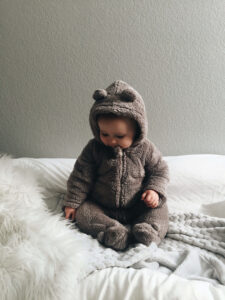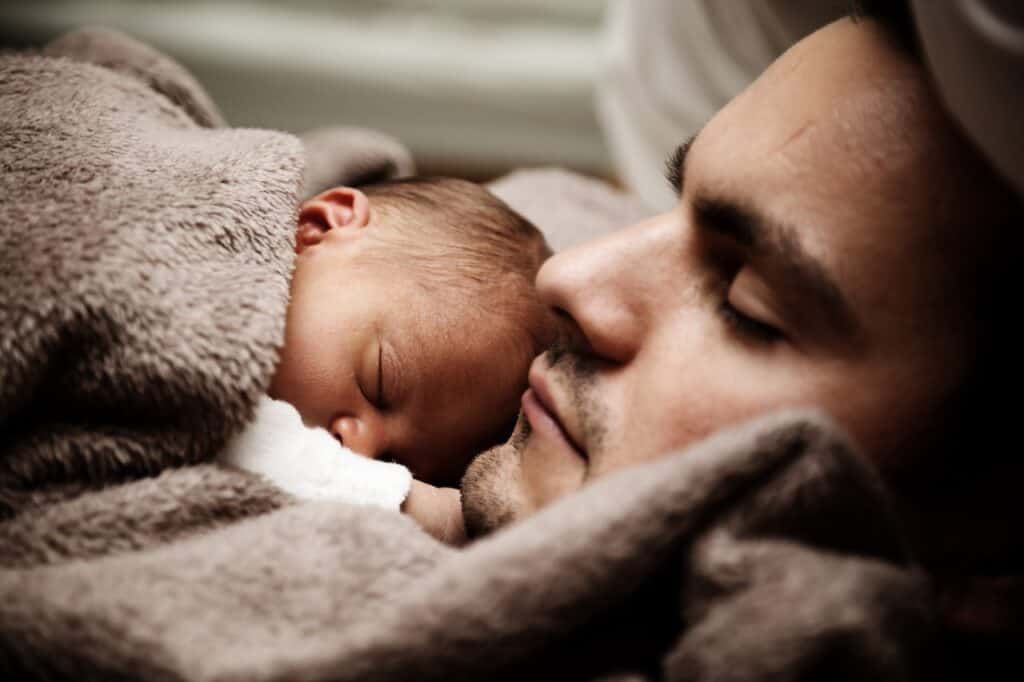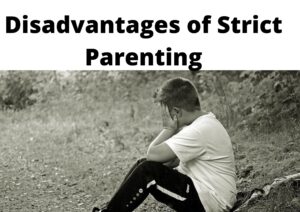Navigating the world of baby sleep is a journey that every parent embarks upon with a mixture of anticipation and uncertainty. Having been through this journey myself, I understand the importance of finding the right sleep solutions for your little one. When it comes to mini cribs, there’s a delicate balance to strike between convenience, safety, and ensuring your baby’s comfort. This is why most parents want to know how long can a baby sleep in a mini crib.
Benefits of Mini Cribs
The concept of a mini crib has gained popularity for good reasons. In situations where space is limited, such as residing in a small apartment or sharing a room with your baby, mini cribs prove to be a space-saving marvel. Their compact dimensions make them an excellent fit for cozier nurseries and for parents who wish to keep their baby within arm’s reach during the night.
However, the advantages of mini cribs extend beyond their size. These cribs offer an element of portability that standard cribs lack. Their lightweight construction makes them easy to move around, allowing parents to have their baby sleep in the same room with them. This proves especially valuable during those early months when frequent feedings and diaper changes demand easy accessibility to the baby.
When is a Mini Crib Suitable
Determining whether a mini crib is suitable for your baby revolves around their age and developmental stage. In the newborn phase, the snug proximity provided by a mini crib can offer a sense of security to your baby. However, during the initial weeks, many parents opt for alternatives such as bassinets or co-sleeping setups that facilitate effortless feeding and soothing during the night.
Around the 3 to 6-month mark, mini cribs remain a convenient sleep solution for many families. By this stage, babies typically settle into more predictable sleep routines, enabling parents to experience longer periods of rest. Despite their benefits, it’s important to acknowledge that as babies become more mobile and active, the constraints of a mini crib might become evident. Babies nearing the crawling and rolling stages may find the limited space inhibiting their natural movements.
Read About: Baby Chewing on Crib
Safety Guidelines
A paramount consideration for any sleep solution, regardless of size, is safety. Mini cribs are governed by the same rigorous safety standards as their standard-sized counterparts. Here are some pivotal safety guidelines to keep in mind:
Spacing and Slats
Ensuring that the slats of the mini crib are spaced appropriately is crucial to prevent the baby’s head from becoming wedged between them. To adhere to the recommendations set by the Consumer Product Safety Commission, opt for slat spacing of no more than 2 and 3/8 inches.
Mattress and Bedding
The mattress you choose should be firm and fit snugly into the crib. This significantly reduces the risk of suffocation, ensuring that your baby sleeps on a safe and supportive surface. Avoid using soft bedding, pillows, or stuffed animals inside the crib, as these pose potential suffocation hazards.
Location
Strategically position the mini crib in the room, keeping it away from windows, curtains, cords, and any other hazards. This precaution helps create a safe sleep environment for your baby. Additionally, ensure that the crib is positioned away from drafty areas and direct sunlight to maintain a comfortable sleeping temperature.
Sleep Duration
Understanding the unique sleep patterns of babies is essential for managing expectations regarding sleep duration. Babies, especially newborns, have sleep patterns distinct from those of adults.
Newborn Sleep Patterns
Newborns sleep for shorter periods, usually ranging from 16 to 18 hours a day. However, these hours are divided into multiple short naps. Their sleep cycles are considerably shorter than those of adults, and they tend to wake up frequently for feeding and diaper changes. This erratic sleep pattern is a normal phase of early infancy and gradually evolves as the baby matures.
Establishing a Sleep Routine
As babies transition from the newborn phase to the 3 to 6-month stage, parents can begin working on establishing a consistent sleep routine. While mini cribs continue to provide a suitable sleep environment, you might observe longer stretches of sleep during the night. Creating a calming bedtime routine and maintaining a consistent sleep environment can assist in encouraging more sustained periods of rest.
Signs It’s Time for a Change
Although mini cribs offer a range of benefits, there comes a point when your baby’s growth and increasing activity levels signal the need for a larger sleep space. Recognizing the signs that your baby might be ready for a transition is essential.
Limited Space
An indicator that it might be time for a change is if your baby appears cramped within the mini crib. If they struggle to move comfortably or frequently bump into the crib’s sides, this could be a sign that a larger sleeping space is necessary for their comfort and development.
Increased Mobility
As babies progress to the rolling, crawling, and even attempting to stand stages, their need for more space becomes evident. A standard crib offers the room required for safe exploration during sleep, minimizing the chances of bumping into crib walls or barriers.

Tips for Comfortable Sleep
To ensure your baby experiences restful sleep in a mini crib, consider implementing these practical tips:
Appropriate Sleepwear
Choose sleepwear that is suitable for the temperature of the room. Opt for clothing that keeps your baby comfortable without the need for additional blankets. Sleep sacks, which are wearable blankets, are a popular option for maintaining warmth without the risks associated with loose bedding.
Recommended Baby Sleepwear: Simple Joys by Carter’s Unisex Babies
Temperature Control
Maintaining a comfortable room temperature is essential for your baby’s sleep environment. Aim for a temperature range between 68 to 72 degrees Fahrenheit (20 to 22 degrees Celsius). Dress your baby in layers to facilitate easy adjustment to their comfort level.
Transitioning to a Larger Crib
A baby should stop using a mini crib at around 30 inches in height and 25 pounds in weight, whichever comes first. This is usually around 2-3 years old. Mini cribs are not as safe as standard cribs for older babies and toddlers. They have smaller dimensions, which can make it difficult for babies to roll over or free themselves if they become trapped. Second, mini cribs are not as deep as standard cribs, which can increase the risk of falls.
Therefore, concerning how long can a baby sleep in a mini crib, the correct answer, is that until they are around 30 inches in height and 25 pounds in weight. This is typically when they are 2 – 3 years. So a baby can sleep in a mini crib for a maximum of three years and a minimum of two years. After that, they need to be transitioned to a larger/standard crib.
The transition from a mini crib to a standard crib is a significant step for both you and your baby. Approaching this transition with thoughtfulness and care can contribute to a smoother experience.
Ease your baby into the new sleeping arrangement gradually. Begin by having them nap in the standard crib before making it their primary sleep space. Maintaining familiar sleep cues, such as consistent bedtime routines, during this transition can provide a sense of continuity and security.
Expect an adjustment period as your baby adapts to the new sleep environment. Your baby might take some time to become accustomed to the change. Patience and offering comfort during this transition phase are essential for their well-being.
Recommended Crib: Delta Children Heartland Crib
Recommended Crib #Affrodale: Elemara Crib
Personal Experience on Finding What Works
Drawing from my own experiences as a parent who has navigated the intricacies of baby sleep, I encourage you to consider your baby’s unique needs. Mini cribs offer flexibility, convenience, and a sense of closeness, but as your baby develops, their sleep requirements will evolve as well. Trusting your instincts as a parent and adjusting your approach based on your baby’s cues will help you discover the sleep solutions that work best for your family.
Final Thoughts
In parenthood, there is no universal answer that fits all situations. Whether you decide on a mini crib, a standard crib, or choose a co-sleeping arrangement, the core principles remain the same: prioritize safety, ensure your baby’s comfort, and remain adaptable to their changing needs. Keep in mind that every baby is an individual, and what works seamlessly for one might not align perfectly for another. Stay informed, be open to adjustments, and above all, treasure the priceless moments of watching your baby sleep serenely.






